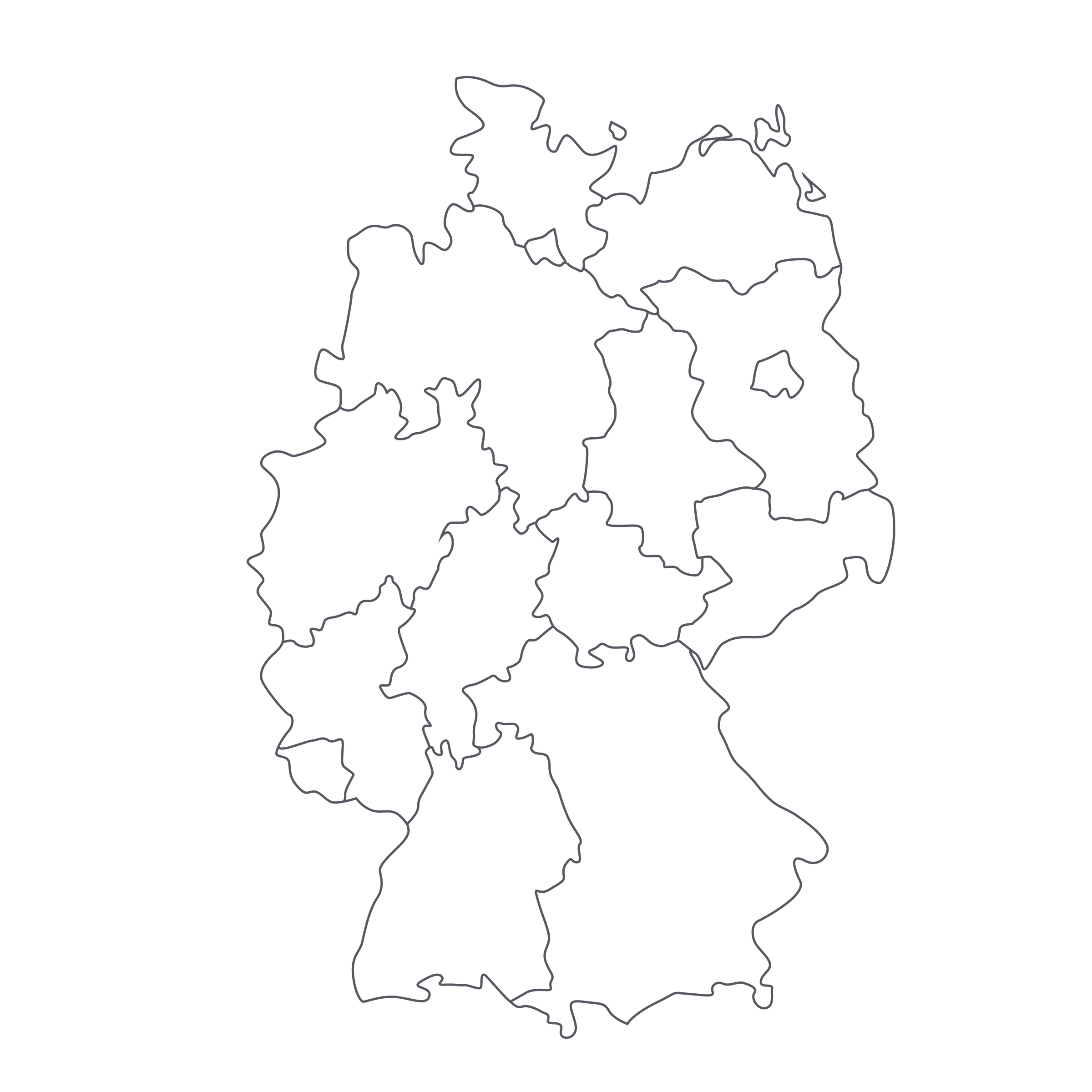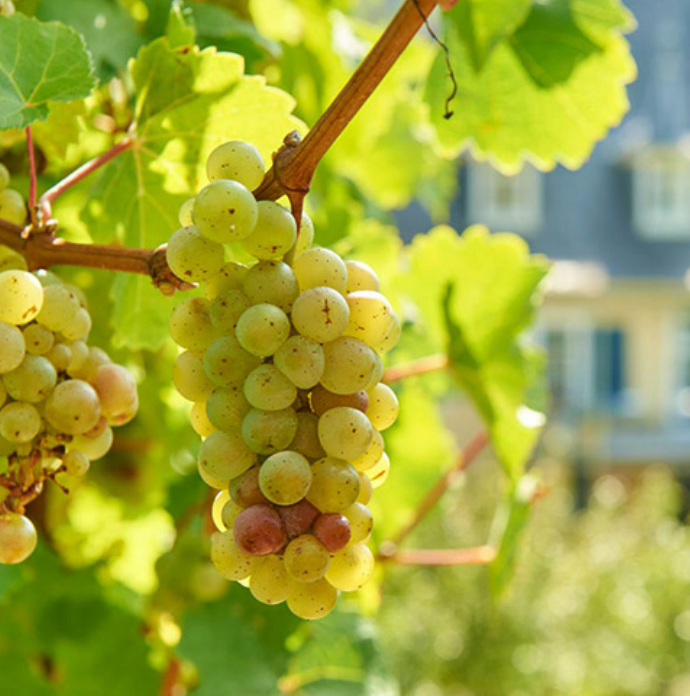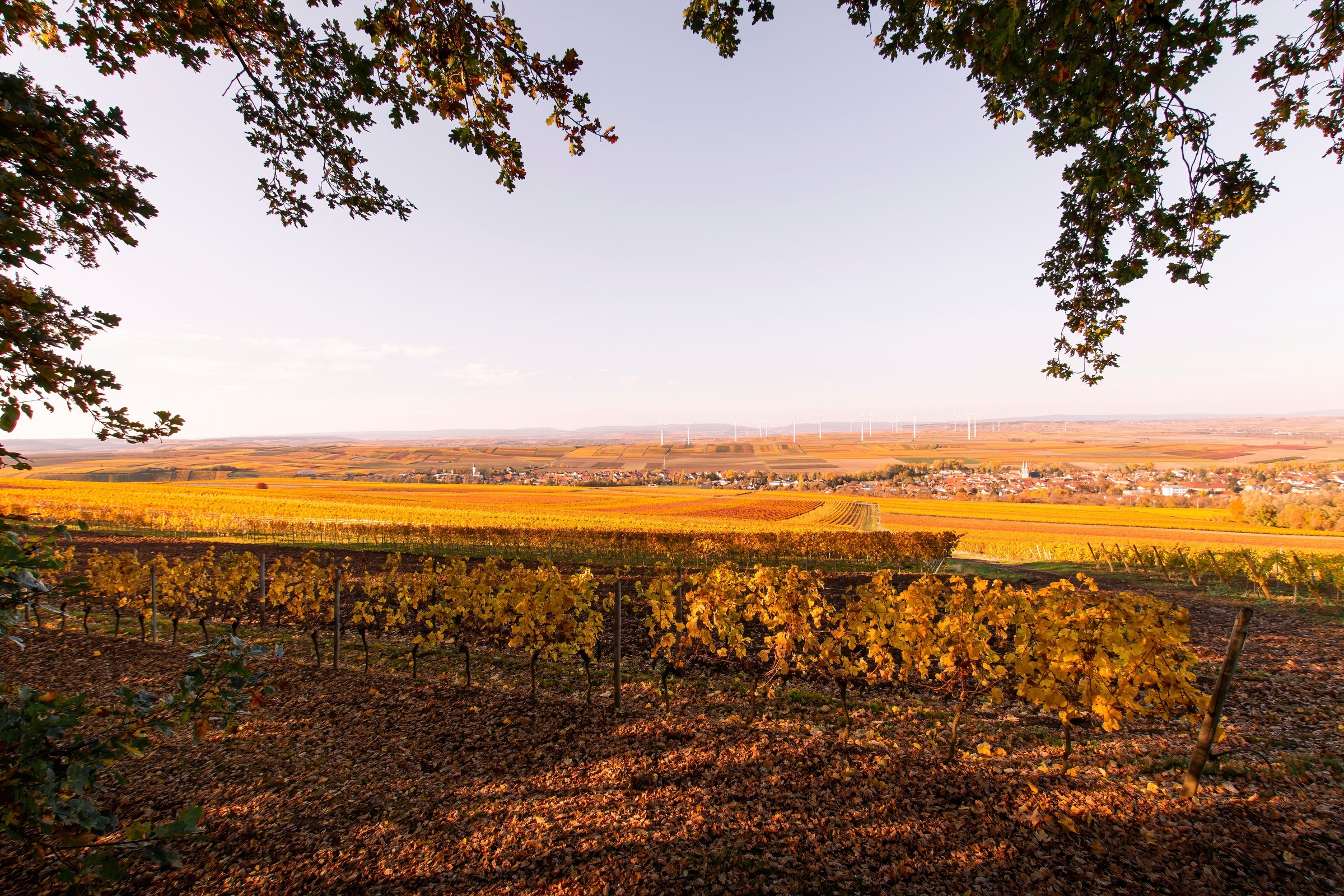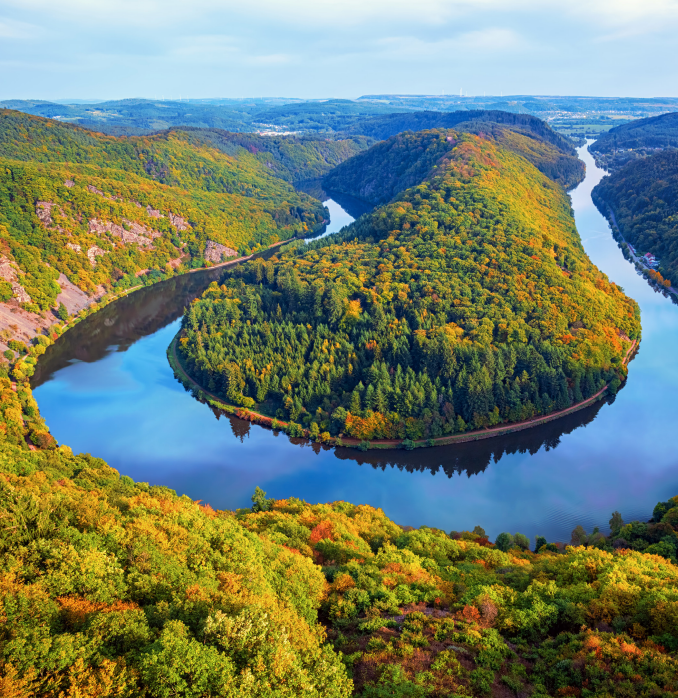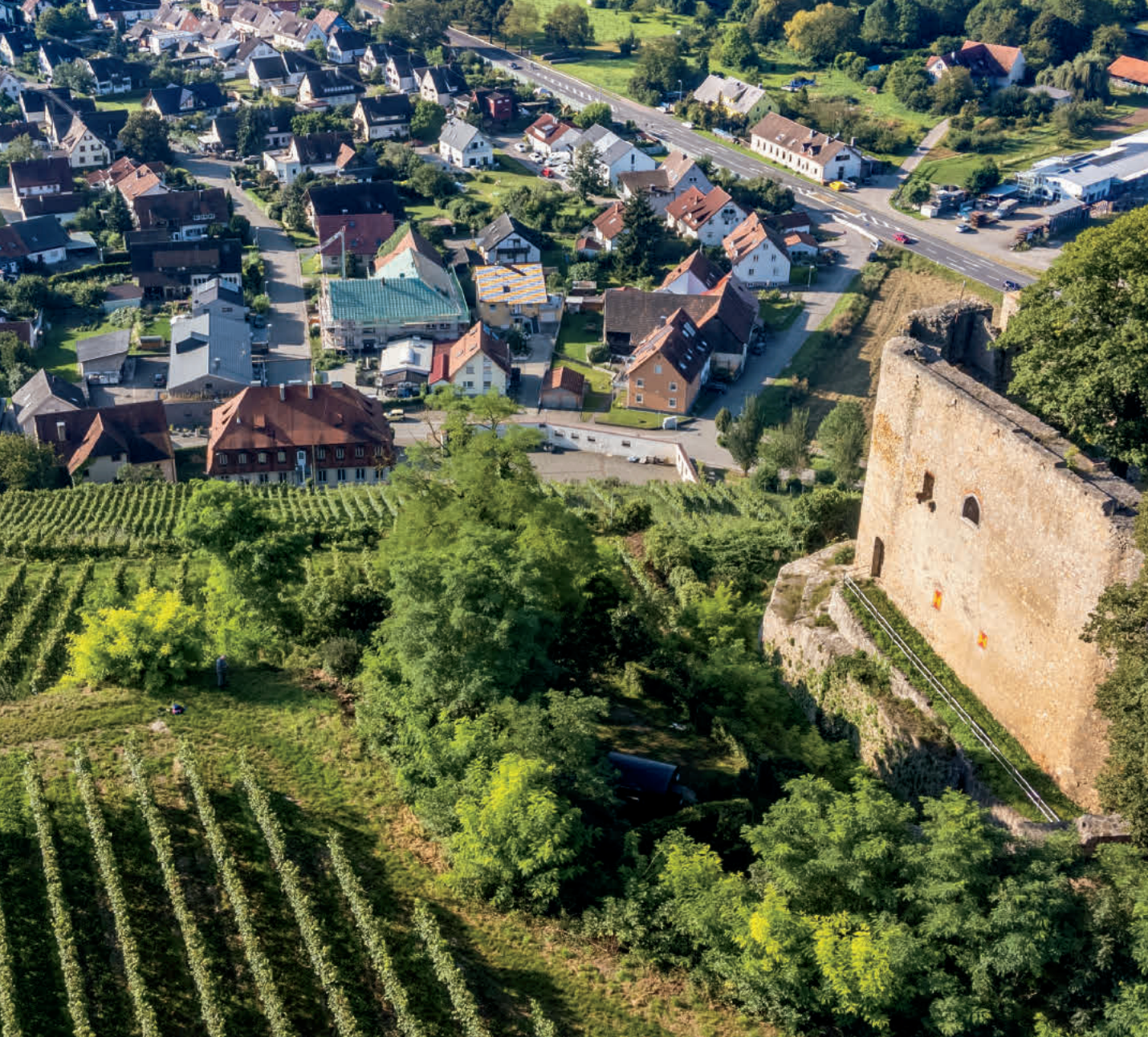This is one of those adrenaline-filled mornings when I feel like I’m back in my younger years with tickets to the hottest concert of the Summer. Why? Because today we’re offering one of the hippest reds in Europe: Falkenstein Pinot Noir. This treasure of a wine is not expensive, but trust me, it is as exceptionally rare and passionately fought-over a Pinot Noir as can be found outside of Burgundy. Only two barrels worth of this beauty lands on the West Coast each year and, for as many vintages as I can remember, it vanishes upon arrival.
The explanation is simple: You can forfeit a hefty percentage of your wine budget on Pinot Noir from all the “top” appellations, but you’ll be challenged to match Falkenstein’s kinetic electricity, deeply thirst-quenching refreshment, and exquisite minerality. This is a one-of-a-kind gem, and a must for any enthusiast wishing to experience the cutting edge of German wine. Once restaurants fully reopen in California, I don’t expect we’ll ever be offered more than a few cases of this beauty, so now is your chance. Grab some while you can and find out what all the Falkenstein fuss is about!
Sometimes soil character and purity this profound can only be unlocked by a working-class farming family who hand-tills their vineyards and hand-labels each bottle in their tiny basement cellar. Emphasis on tiny—Falkenstein is one of the smallest wineries ever featured on SommSelect. Very few bottles exist and a fraction thereof are exported from rural Germany. The family has a mailing list for direct sale to collectors and sommeliers in their home country but not enough wine for distribution across Europe. It is for all these reasons that today’s wine enjoys a ravenous sommelier following in New York and California (the only two states in which it’s available) and why I doubt you’ll ever see this bottle on a retail shelf.
Hofgut Falkenstein owner/farmer/winemaker Erich Weber is a true-blue farmer. He passes most days working his vines in coveralls and rubber boots and I’m quite certain he has no aspirations to become a global wine celebrity. If you talk to Erich about Falkenstein, he does not mention awards, magazine scores, or the latest acclaimed restaurant pouring his wines. He talks about grapevines, how each wine makes him feel, and how he cherishes simplicity. He says his greatest ambition for his wines is that they are a refreshing beverage—an ideal companion for a hearty meal with friends. Still, Erich’s weathered face, cracked hands, and the
gleeful twinkle in his eyes tells a deeper story. He’s a special guy, and these are special (and sneakily complex) wines.
Erich has been hand-farming and making wine in the rural Mosel valley village of Krettnach since the mid-1970s. Early on, he committed to what I might call an old school, non-interventionist approach. Especially in the context of typical contemporary Mosel Valley vineyard practices, Falkenstein’s soils are remarkably undisturbed, allowing for optimal biodiversity and mycorrhizal activity. Stronger, untouched soils mean less machines, less chemicals, and a healthier wine/planet—that’s how Erich wants it. In discussing his vines, Erich often uses the phrase, “Kontrolliertes nichts tun.” In other words, “less is more.”
Erich’s small cellar is as orderly and well kept as one would expect in Germany but that’s where the similarities end. First off, there are no shiny stainless steel tanks, no temperature control units, and no synthetic yeasts—Falkenstein’s cellar appears more or less untouched since it was built in 1901. It’s like traveling back in time. One of my friends emailed this following a recent visit to Erich’s cellar: “It brings to mind fine Japanese cuisine in that there is no artifice, everything is stripped away to reveal only what is essential.”
At Falkenstein, grapes are loaded by hand into an old wooden spindle press before juice flows via gravity into enormous, handmade 1000-liter Bavarian oak casks. Falkenstein’s casks were hand-crafted 60-100 years ago by the village’s then-mayor. In these same ancient vessels, fermentation occurs naturally and slowly with wild, airborne yeasts. Erich is on the very short list of German winemakers who has never used commercial enzymes, protein stabilizers, or clarifying agents like charcoal and he does not chaptalize, concentrate, or de-acidify his wines. Sometimes bottlings are off-dry, sometimes they are bone-dry (as with today’s trocken Pinot Noir) but they are always the product of an undisturbed, natural process. Each cask is separated by vineyard of origin before receiving a unique nickname like “Uncle Peter” or “Yong Yong.” Erich has long since learned which parcels are best expressed through which ancient cask, so those fortunate enough to have an “in” on this family’s mailing list generally have a list of favorite casks.
This Pinot Noir is jam-packed with natural electricity and intensity—the alpine strawberry fruit, the shattered stone minerality, the delicate floral perfume, all of it has a vividness and dimensionality that likely have been muted by malolactic fermentation. Instead, this wine has been left frozen in all its explosive youthfulness, slatey tension, and impact. It’s an irresistibly refreshing and delicious wine, and I honestly can’t summon a stylist analog to which it can be compared; you just have to drink it to appreciate it! Please decant for 30 minutes and serve at 55-60 degrees in large Burgundy stems. It’s a lip-smacking “beverage” as much as it is terroir-geek wine, so don’t agonize over preparing the perfect food pairing. I found it to be an ideal mate to kimchi fried rice and Korean barbecued short ribs, but it would be equally at home with a pork schnitzel or cheeseburger. Don’t overthink it. Just rip the foil, pull the cork, and experience this special wine. Cheers!

